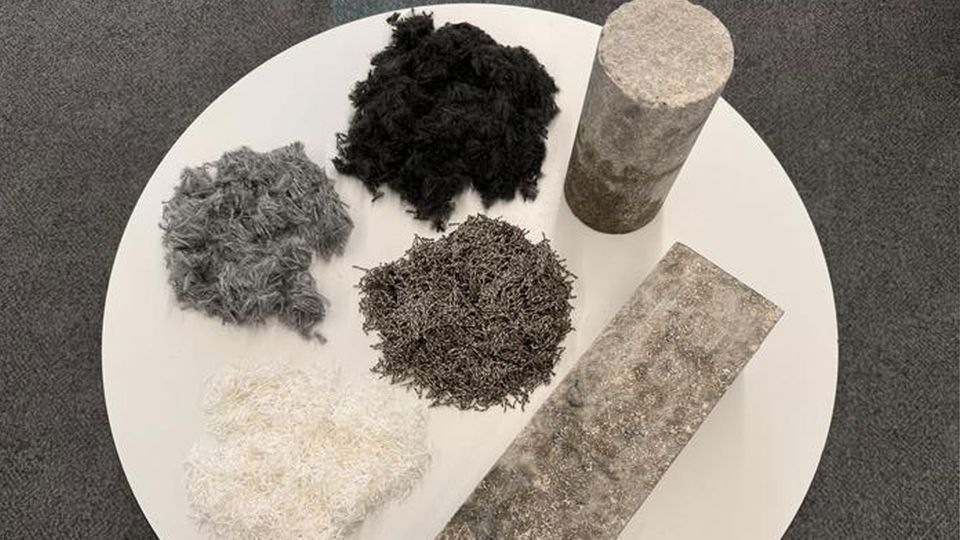Engineers at RMIT University in Melbourne, Australia are using discarded carpet fibres to make concrete stronger and more crack resistant. Lead researcher Dr Chamila Gunasekara from RMIT University said the team has developed a technique using waste carpet fibres to reduce early-age shrinkage cracking in concrete by up to 30 per cent, while also improving the concrete’s durability. The team’s findings are detailed in Construction and Building Materials.
“Cracking in early-age concrete slabs is a long-standing challenge in construction projects that can cause premature corrosion, not only making a building look bad but also risking its structural integrity and safety,” Gunasekara, an ARC DECRA fellow from the School of Engineering, said in a statement. “Scrap carpet fibres can be used to increase concrete’s strength by 40 per cent in tension and prevent early cracking, by reducing shrinkage substantially.”
According to RMIT, lab samples have been created using the various textile materials and have been shown to meet Australian Standards for engineering performance and environmental requirements.
MORE FROM MATERIALS
The disposal of carpets and other textiles including discarded fabrics poses an enormous environmental challenge, Gunasekara said.
“Australia is the second largest consumer of textiles per person in the world, after the US. The average Australian purchases 27kg of new clothing and textiles every year, and discards 23kg into landfill,” he said. “Burning carpet waste releases various toxic gases, creating environmental concerns.”
Dr Shadi Houshyar, a textile and material scientist at RMIT, said firefighting clothes waste also posed a challenge, as the same qualities that made these materials ideal for firefighting also made them difficult to recycle. “Up to 70 per cent of textile waste would be suitable for conversion into usable fibres, presenting an opportunity in the materials supply chain,” said Houshyar, from RMIT’s School of Engineering.
The team is collaborating with Professor Andrzej Cwirzen Luleå University of Technology in Sweden on computational modelling. The research team is engaging also with partners including Textile Recyclers Australia, Godfrey Hirst Australia and councils in Victoria state to conduct field studies of on-ground slabs made of reclaimed textiles.

